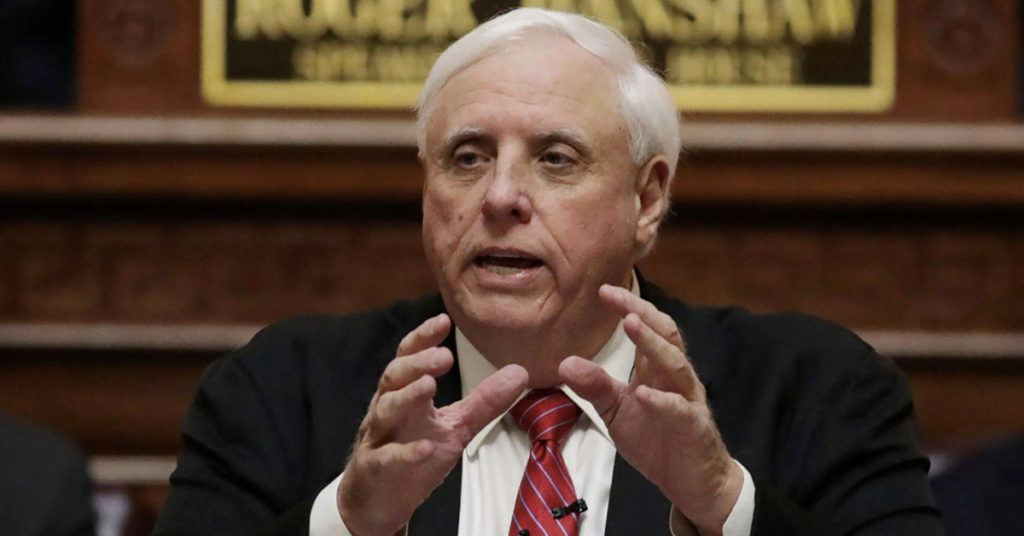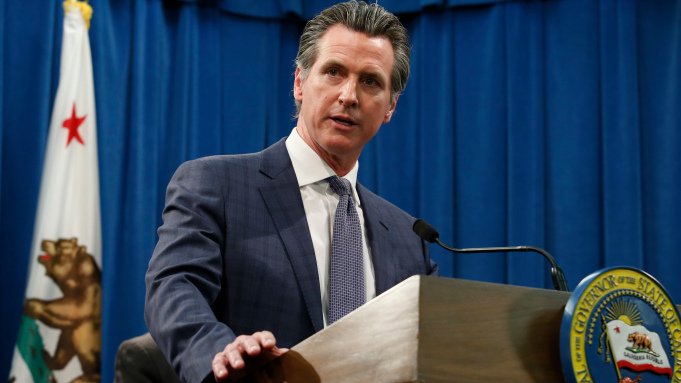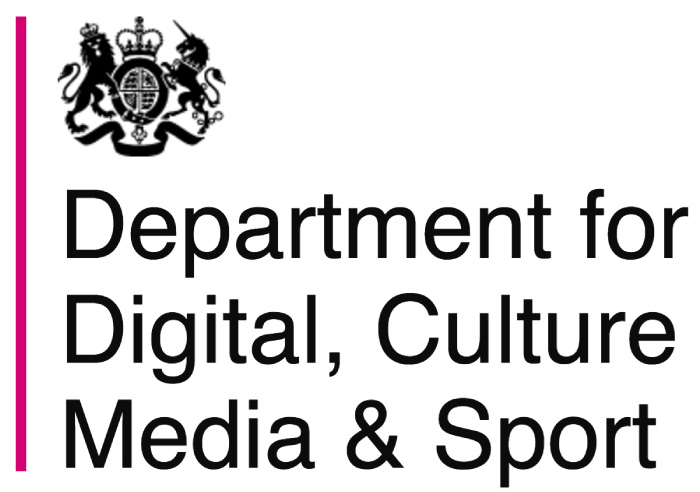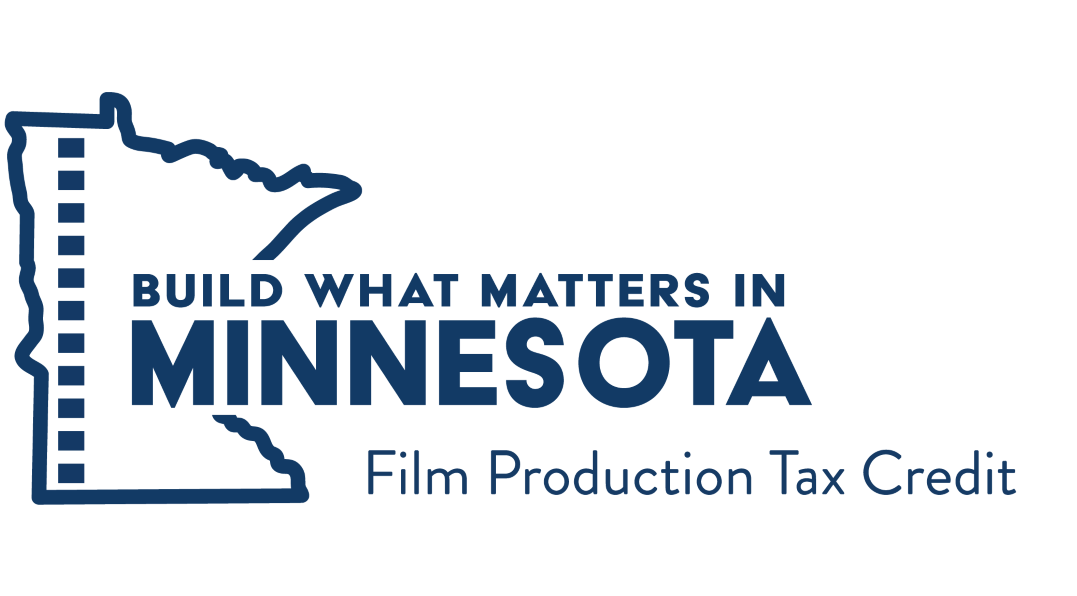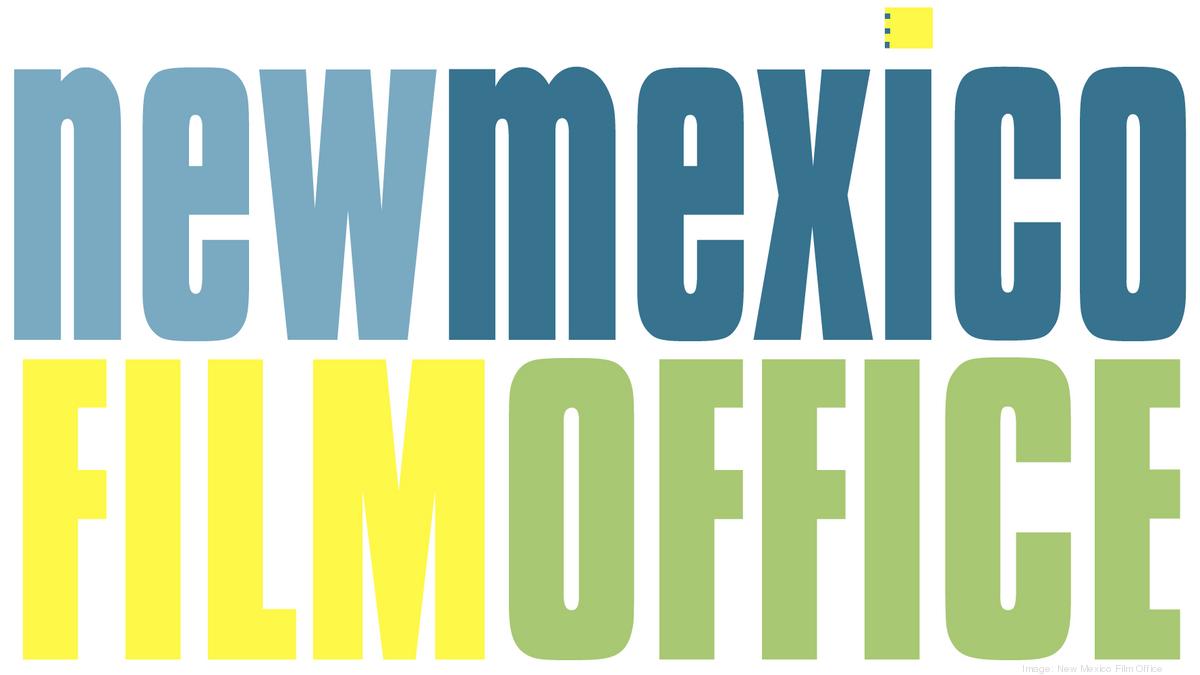JUSTICE SIGNS $4.6 BILLION WEST VIRGINIA BUDGET, APPROPRIATIONS BILLS
Justice Signs $4.6 Billion West Virginia Budget, Appropriations Bills
(kpvi.com)
(The Center Square) – West Virginia Gov. Jim Justice signed a $4.635 billion budget bill with one line-item veto, along with several supplemental appropriations bills passed by the General Assembly.
The budget includes a 5% pay raise for teachers and other state employees. The budget also provides additional funding for West Virginia University and reinstates a film tax subsidy, which had previously been suspended. The film tax subsidy will receive $10 million in funding, which is double what the fund had in previous years.
About 44% of the budget will be spent on public education, 26% will be spent on social services and 10% will go to higher education.
Justice vetoed a line of the budget that would have transferred $265 million worth of surplus funding to the Department of Revenue for the general revenue fund. The governor said in a letter explaining his veto there is no reason to set aside surplus revenue to an agency without any general law purpose. He said the general revenue fund does not need the additional money because the legislature never passed the proposed income tax reduction.
“As a good steward of taxpayer dollars, I want to be as transparent as possible when it comes to how we are spending the taxpayers’ money, let alone the surpluses we have been blessed with by making the right, thoughtful moves,” Justice said.
Garrett Ballengee, the executive director of the free-market Cardinal Institute told The Center Square the budget is responsible, but it should have also included tax relief.
“For the last half decade, West Virginia has passed fiscally responsible budgets, and this most recent budget, luckily, continues that trend,” Ballengee said. “That said, West Virginia continues to pile up budget surpluses for [a] wide variety of reasons, so I am hoping that substantive discussions will be had on how best to use the surplus money, particularly through “pay-down” mechanisms for reductions in the income tax. It’s important to remember that every dollar sloshing around in the state budget is a dollar not in someone’s wallet, and while surpluses are nice, they should be used to prompt serious discussions on reducing the burden of taxation.”
The House of Delegates passed legislation that would have reduced income taxes by 10% for every income bracket and offset some of the costs with the state’s surplus funding. However, the legislation never passed the Senate and was not included in the final budget.
This is the second straight year that state lawmakers have tried to pass legislation to reduce the income tax burden on residents. Last year, the governor and both chambers introduced bills that would have reduced or eliminated the income tax, but the three sides failed to reach an agreement.
By: Tyler Arnold
JUSTICE SIGNS $4.6 BILLION WEST VIRGINIA BUDGET, APPROPRIATIONS BILLS Read More »

